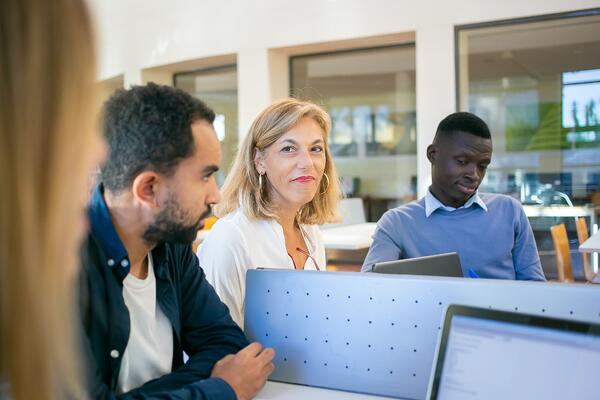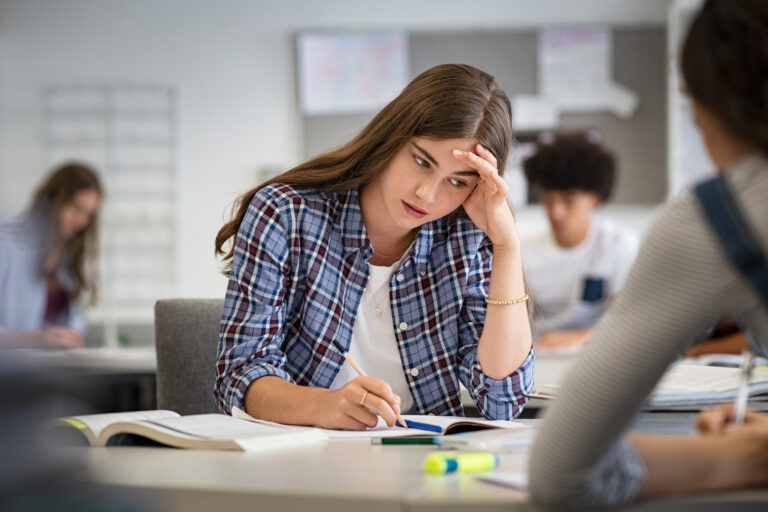As teachers, we’re really the lead learners in our classrooms. Much of the time, though, we’re so focused on teaching our students that it can be hard to make time to learn from one another. One of the benefits my school has seen from using video-based feedback has been increased collaboration between teachers. The opportunity to share and receive feedback on our practice has led to an increase in student achievement. Here’s how it has worked for us.
A Range of Feedback Through the Teaching Channel Platform
Video observations have allowed our teachers to seek out and receive a greater degree of feedback than they had previously. Fortunately, much of that feedback comes in the form of self-reflection. It’s helpful for teachers to see themselves from a 3rd person perspective. Oftentimes, they will notice details and implement changes without any additional feedback. One such example is the balance between student and teacher talk time. This is difficult to notice when you’re in the moment, but becomes much more evident when you take a step back. Self-identifying areas for improvement puts the ownership back in the teacher’s hands and is infinitely more powerful and meaningful than being told from an outsider.
Video has also made it easier for teachers to collaborate with one another. Oftentimes, we will pair teachers to share and discuss the implementation of a new strategy. This pairing can be with teachers on the same grade level team or even with someone who teaches completely different content. What we’ve learned is that every teacher has something to offer. The videos can also be used in a mentor-mentee situation. It’s often difficult to get coverage and to align teachers’ schedules, but recording lessons allows new teachers to view and discuss exemplar lessons at a time that works for them.
Learn more about the Teaching Channel Platform
Sharing video in our professional learning communities (PLCs) also means that we can calibrate our practices to ensure that we are all in alignment. It would be a logistical nightmare for all of us to visit one teacher’s classroom, let alone during the same lesson, but with the Teaching Channel Platform we can all watch the same lesson in order to provide feedback and/or make adjustments to our own practice.
As a coach, this has been incredibly helpful for those times when I’m stuck on how to help a teacher. I can share their video with the PLC for group recommendations, or I can take it to other instructional leaders for suggestions.
Showing Teachers What’s Possible
Recently, we had our music, P.E., art, and other elective teachers working on the STEP process in their PLC. They were trying to come up with a challenge that was relevant to their subjects and students, which can be a challenge since they’re all teaching different content, unlike our grade-level teams.
They decided to work on questioning, but were concerned that students weren’t capable of responding to the higher-level questions. I knew they were, because I had seen it in other classrooms, but rather than telling them so, I asked a couple of the grade level teachers to record lessons in which students were responding to similar question types. Not only were the students capable, they were excelling.
That was a big realization that changed the team’s whole outlook. They went from, “They can’t do this,” to “Okay, let’s get down to business, because they can do this and more!”
Before, our teachers were honing their practice in isolation, but with video observations, we are able to visit one another’s classrooms and invite colleagues into our own. This allows us to clearly see what our students and our fellow teachers are truly capable of.










